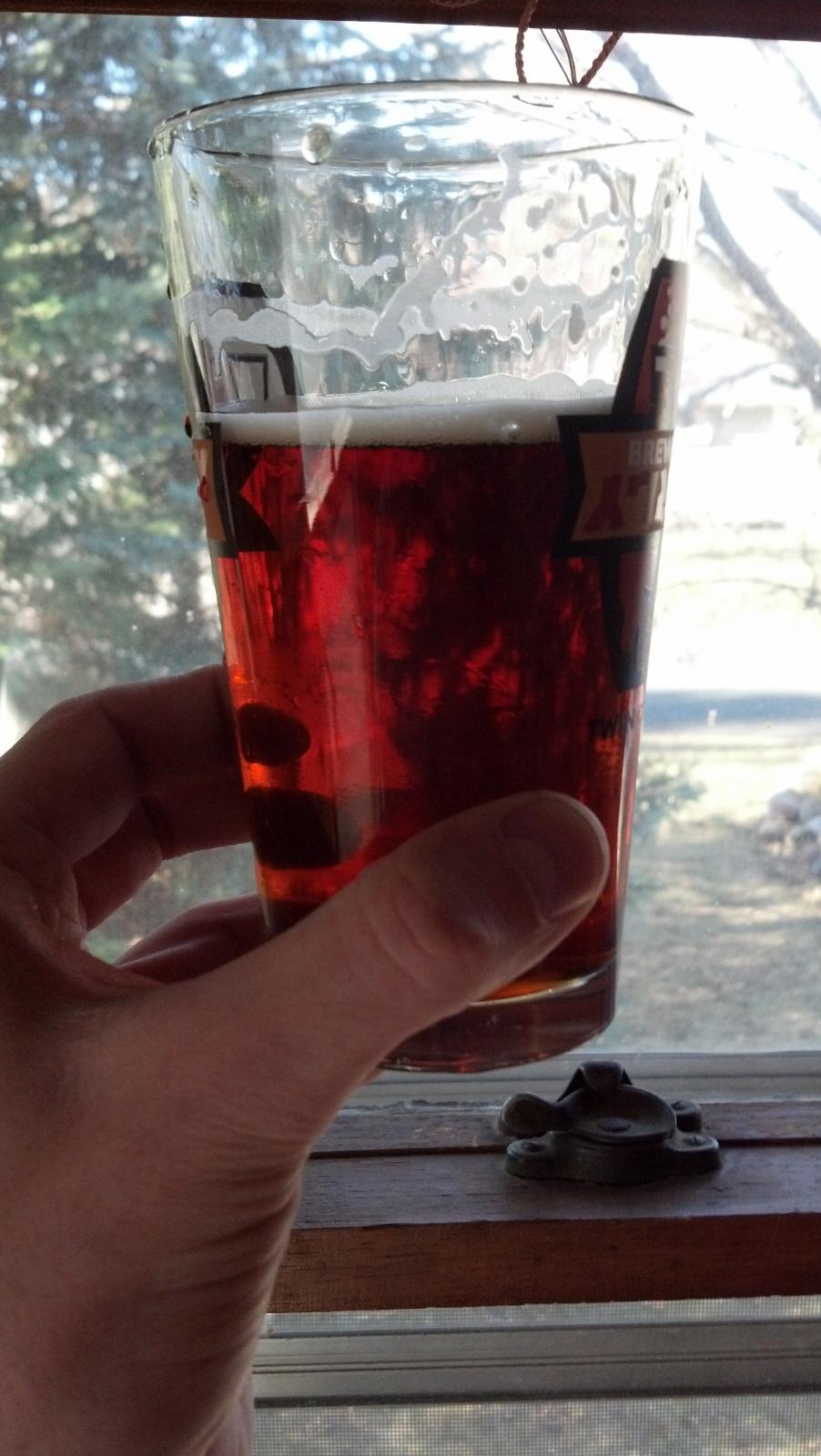An excerpt;
"The secret behind gelatins function is in its chemistry. Gelatin is produced from collagen, a protein found in the bones & skin of animals. Most gelatin comes form pigs and cows, but one form found in commercial brewing (isinglass) comes from the swim bladders of fish.
Collagen's main biological function is to provide strength to tissues - it is what makes your skin elastic. The need for this protein to be both strong and elastic requires some unique chemistry. This unique chemistry helps 3 collagen molecules come together to form helical bundles (left). It is these bundles that provide collagen with both rigidity and flexibility. Not clear in this image are the "sticky ends" which allow these bundles to assemble into long chains - that's OK, since the sticky ends have little to do with brewing.
Its the long helical part of collagen that is important for gelatin. These helical sections are generally comprised of repeats of a few amino acids - specifically, -[glycine-proline-x]-, where x is an amino acid other than glycine/proline. This motif is repeated over 100 times in each helical portion of a collagen strand. Gelatin is produced by hydrolyzing (breaking) the collagen into shorter pieces - so instead of having this Gly-Pro-X repeated hundreds of times, you instead end up with small pieces in which it is repeated 2 to 5 times.
It is this breaking that is important - in collagen this triplet structure is key to forming the 3-protein helix: glycines and prolines are hydrophobic - meaning they don't like water, while the 'X's tend to be either polar or charged residues - meaning they like water. In collagen the water-hating parts of one collagen molecule binds to the water-hating bits of two other molecules, causing the collagen to wrap around the water-hating parts, thus producing a helix which has all of the water-hating bits in the middle and the water-loving parts on the outside (where they are exposed to the water-filled environment of our bodies).
Breaking the collagen into short bits prevents this from happening. When we bloom and heat the gelatin we solubilize the gelatin, meaning that we end up with single gelatin fragments (or small clusters) stably suspended in water. Heat too much and the molecules will condense forming jello. Heat too little and you don't solubilize the protein. But warming to just the right point will solubilize this normally poorly soluble protein.
But the gelatin doesn't like this - it is very unnatural for those water-hating bits to be exposed to water. So when you add this to beer, it likes to stick to stuff - the water-hating bits will seek out water-hating bits of other proteins. The water-loving bits (especially the charged bits) will seek out molecules of the opposite charge. The end effect is the gelatin links together a lot of the charged and water-hating stuff in the beer - i.e. proteins & yeasts - causing them to form flocks which then settle out of the beer.
Given that, you may wonder why it works better in cold beer. The reason here has little to do with the gelatin, and instead has to do with the proteins and yeasts in solution. At warmer temperatures, water will tend to form 'hydration shells' around solubilized structures - i.e. a stable "shell" of water will associate with proteins, helping to keep them in solution. Due to some of the odder aspects of protein chemistry, these shells are less stable at lower temperatures - meaning they do not shield the proteins from the gelatin. As such, the gelatin has better access to the proteins (and yeasts), and thus are more able to clear the beer. In fact, this is what happens with chill haze - cooling of the beer brings the proteins out of solution; a small degree of aggregation occurs, making the beer cloudy. Gelatin, added to this cloudy solution, will further link these clumps together allowing the aggregates to quickly fall out of solution."
from
http://suigenerisbrewing.blogspot.com/2013/01/brewing-science-gelatin-clearing-beer.html
Not entirely certain if 100% correct but is in line with other statements I've read about the chemistry of gelatin use for finning.














